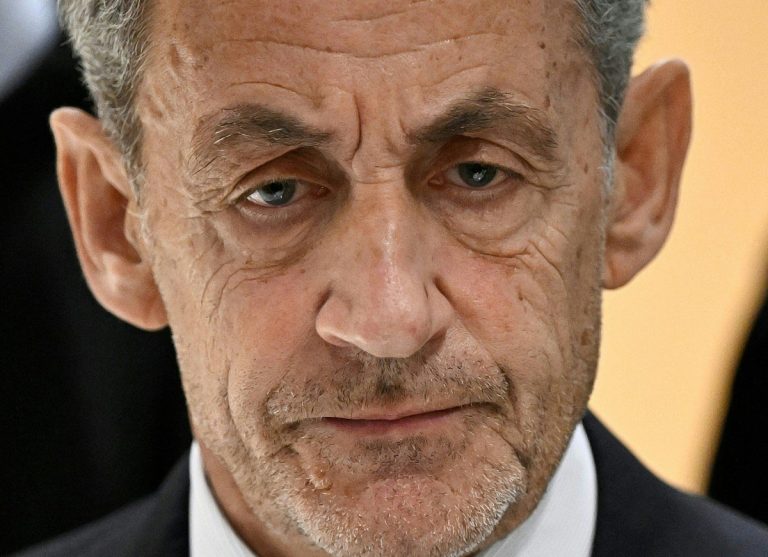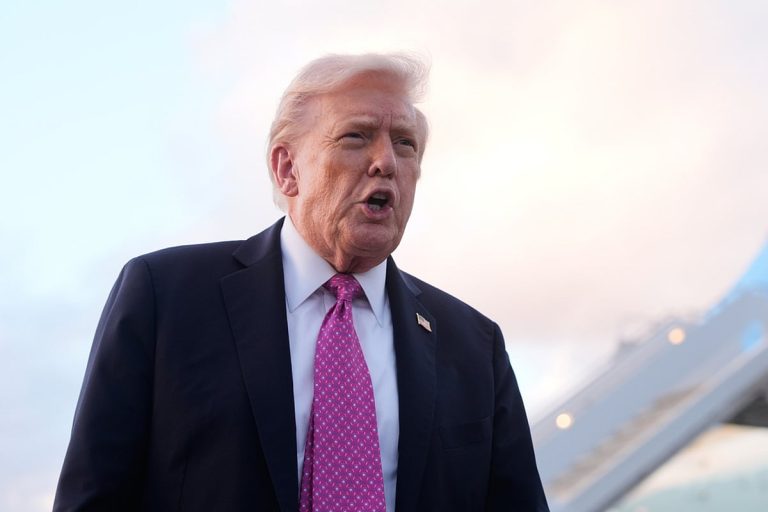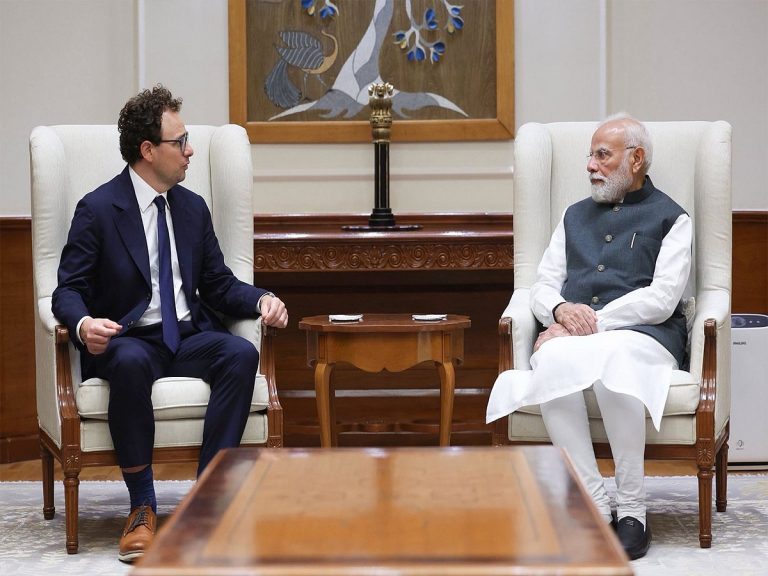Brazilian Influencer’s Photo Sparks Political Controversy in
A Brazilian influencer has unexpectedly found herself at the center of a political controversy in India. Larissa Nery, a hairdresser and social media personality, was shocked to see her photograph used by Congress leader Rahul Gandhi during a press conference where he accused the Election Commission of allowing voter fraud in Haryana.
The Incident Unfolds
During his press conference, Gandhi claimed that Nery’s image appeared 22 times on the voter list for the Rai Assembly seat, allegedly under various names. This assertion was part of his broader allegations of manipulation in the electoral process. Nery, who was unaware of her image being used in this context, expressed her disbelief in a viral video. “Guys, they are using an old photo of mine,” she stated, emphasizing that the image was taken when she was much younger and had no connection to any voting activities.
In her Instagram story, she humorously remarked, “Wow, that’s crazy! I’m famous in India as the ‘mysterious Brazilian model’!” This light-hearted take contrasted sharply with the serious nature of the claims being made in her name.
The Photo’s Background
The photograph in question, identified as “woman wearing blue denim jacket,” is a stock image that has been widely circulated online. Captured by Brazilian photographer Matheus Ferrero nearly eight years ago in Belo Horizonte, the image has been downloaded over 400,000 times from platforms like Unsplash and Pexels. Ferrero explained that he took the photo to assist a friend in building a portfolio and was unaware it would later become embroiled in a political scandal.
Political Reactions and Implications
Rahul Gandhi’s accusations included specific claims about the alleged fraudulent voting, stating that the same woman voted multiple times under different names. He suggested that this was indicative of a larger, organized effort to manipulate the electoral process, which he argued was benefiting the ruling BJP party.
In response, officials from the Election Commission questioned why Congress polling agents did not challenge the identities of voters if they suspected duplicity on election day. Union Minister Kiren Rijiju dismissed Gandhi’s allegations as unfounded, suggesting they were a distraction from other political issues, particularly the upcoming Bihar elections.
Nery’s Surprising Fame
As the story gained traction, Nery found herself inundated with media inquiries and interview requests. In a separate video, she expressed her astonishment at the situation, noting that reporters were reaching out to her workplace for comments. “What a mess I’m living in,” she said, reflecting on the unexpected turn her life had taken due to a simple photograph.
The Broader Context
This incident highlights the complexities of digital misinformation and the unintended consequences of using stock images in political discourse. Nery’s experience serves as a reminder of how easily images can be misappropriated and the potential ramifications that can follow.
FAQs
What was the main claim made by Rahul Gandhi?
Rahul Gandhi claimed that a photograph of Larissa Nery appeared 22 times on the voter list under different names, alleging widespread voter fraud in the Haryana elections.
How did Larissa Nery react to the situation?
Larissa Nery expressed shock and disbelief upon seeing her photo used in a political context, humorously noting her newfound fame in India.
What is the origin of the photo used in the controversy?
The photo is a stock image taken by Brazilian photographer Matheus Ferrero nearly eight years ago, intended for portfolio use and widely available on stock photo websites.
Conclusion
The unexpected use of Larissa Nery’s photograph in a political controversy has drawn attention to issues of digital misinformation and the integrity of voter lists. As the situation develops, it underscores the need for careful scrutiny of information in political discourse and the potential for unintended consequences in the digital age.
The incident has sparked discussions about the ethical implications of using images without proper context, particularly in politically charged environments. It raises questions about accountability for public figures who utilize such imagery to support their claims, especially when it can lead to significant misunderstandings or misrepresentations.
Moreover, the situation has prompted a broader conversation about the reliability of voter lists and the mechanisms in place to ensure electoral integrity. As political parties continue to navigate the complexities of campaigning in a digital age, the importance of verifying information before making public accusations becomes increasingly critical.
Also Read:
Bihar Assembly Elections: First Phase Polling Begins Today







